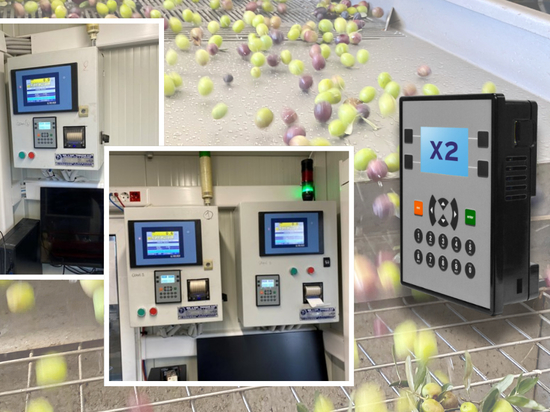
#Industry News
Industrial Pizza Oven using Horner Automation Technology
This was a rewarding yet challenging project that took several months to implement. The primary needs on an industrial oven are to cook a lot of food in batches, but they can be used for smaller food quantities also.
Introduction
This industrial oven project took place in Massa, Italy. This was a rewarding yet challenging project that took several months to implement. The primary needs on an industrial oven are to cook a lot of food in batches, but they can be used for smaller food quantities also. To be able to do this, industrial ovens need to be able to control several temperatures simultaneously with the use of different switches and controls.
Project Goals
One of most interesting things about this project was that there was a wide variation of goals that needed to be met for the project to be considered a success.
The first goal of the project was to update the existing hardware on the ovens. The primary hardware improvement was to replace the existing temperature controls that were on the ovens. Each oven size has a different number of temperature controls that needed to be replaced.
The second project goal was to update the software used by the client so that they could have increased functionality and flexibility. This including allowing the user to save a recipe. This would mean that a particular set of settings and instructions could be saved, and the user could reuse them whenever needed rather than needing to recreate the recipe at the start of each use.
The primary business goal was to increase output with the improved oven and therefore maximise sales.
Challenges
The primary challenge of the project was to achieve the above expressed goals while fulfilling industry regulations. The regulations in each case are set by the client. This is because each client has their own needs.
Horner understands how important it is to be flexible, to serve its customers. Meeting such heating regulations is an example of this. Horner can be flexible, due to the wide range of functionality found in each controller.
In the case of the OCS, it can control temperature at several different points alone a machine. The technician can create a datalogging .csv file. This file can be read by the customer, and they can see how the temperature was controlled in the Oven during the heating process, thus being able to certify their own production.
In this case, the data stored is temperature. Modbus TCP protocols allows the customer to retrieve real time data for their internal database. WebMI facilitates control of the oven through the communication with the OCS and see is whether the operator is doing the right thing. If the operator is not doing the right thing, it will be overridden, load a different recipe and continue to monitor production.
Technical details of the implementation
Thanks to datalogging, recipes in a .csv format, Modbus TCP and WebMI the oven is Industry 4.0 compliant.
Scada communication over Ethernet with Modbus TCP protocol is a requirement for many customers. Modbus RTU is used to control the IOs and the frequency drives. This is important because Scada is a system manager that can allow for a plant to be monitored remotely, usually on Intranet. Modbus TCP protocol is one of the communication protocols available on SCADA packages. Modbus RTU is, in this case, to control the Oven Remote I/O and frequency drives.
A wide range of Horner Automation controllers were used during the project. For example, the XL6, EXL6e, XL7e, EXL10e, & SmartMods.
The value of Horner in this application
The main reason such a range of controllers was needed was down to the different screen sies of the ovens. The controllers were also used due to their wide range of I/O. For example, the XL7e has two Ethernet ports and so does the EXL10e. This means the controllers have HTTP (Envision RV), FTP (Envision FX) and WebMI capabilities.
Another useful feature of the controller is the communication features. For example, EXL6e, XL7e, EXL10e all have RS-232 & RS-485; RS-232/RS-485 ports, PLC /Drive protocols. They also have USB ports and RTU/Modbus/Master/Slave/Serial ASCII In/Out.
The Cscape programming to complete this project was advanced ladder. The other Horner software used during the project was WebMI.










